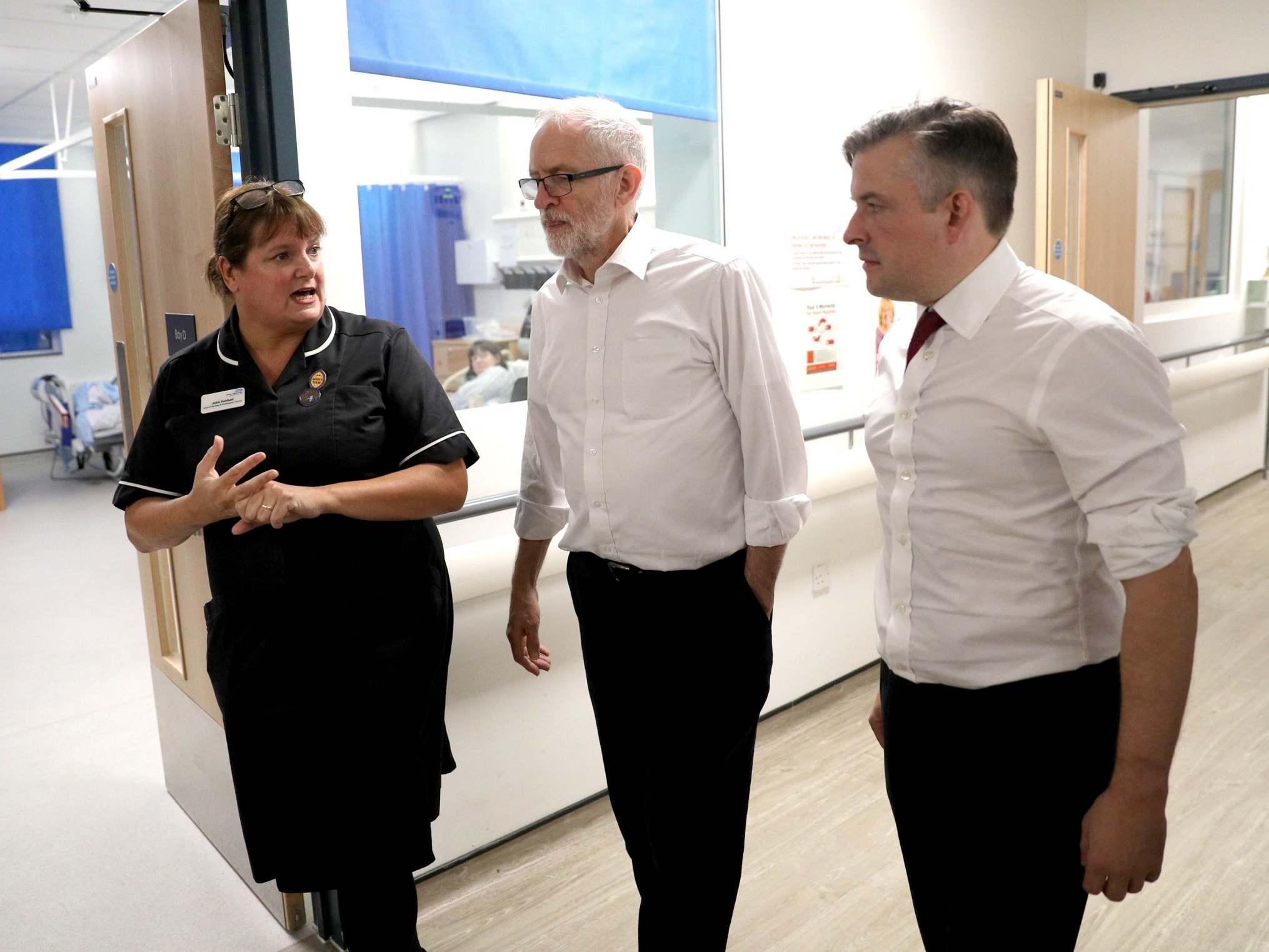How would Labour’s bold NHS plans work in reality?
Details of how it would provide extra social, community and metal health care are slightly opaque, writes Maria Goddard

Everybody watching the UK general election expected the Labour Party’s manifesto to reinforce the message that the National Health Service is “not for sale”, but what else does it say about health and social care?
In line with plans for increased spending across all the public services, financed in part through changes to the taxation system, there is a focus on spending more on the NHS – an average of 4.3 per cent per year. This is a more generous pledge than Labour made in the 2017 election and would be higher than historic averages.
End privatisation
Sticking with the theme of a greater role for the public sector, there is a promise to “end and reverse privatisation in the NHS in the next parliament”. There are some symbolic actions, such as banning the “fire sale of NHS land and assets” as well as taking all private finance initiative (PFI) contracts back into public ownership.
Actually, PFI was rolled out extensively under Labour in the late 1990s, but subsequently, Labour has claimed that under the Conservatives, privatisation has greatly expanded and that there are plans to “further entrench” private-sector delivery of care, which must be stopped. This is a contentious area as it is not clear how much the NHS spends on private care nor whether it has significantly increased over time.
The high-level statements on banishing privatisation also avoid the thorny details, such as how the ambitious plans outlined elsewhere in the manifesto to provide extra social care, mental health care and community care, will be achieved in a reasonable time frame when private providers are already fairly central to many of those services and, in fact, most GP practices are private businesses.
Social care
In social care, where the Conservatives have come under fire for not progressing funding policies, Labour has proposed a “National Care Service” for England. This could represent a radical and fundamental shift. It could be a “real change” as the title of the manifesto suggests, rather than just tweaking at the edges. It will “remove the distinction between health and care needs”. This is a welcome aim that offers a clear commitment to making improvements in an underfunded area badly in need of reform.
Informal carers and social care staff are also to be offered extra support through increases in the carer’s allowance and by access to training, paid travel costs and regular working hours as an option for staff. These are ambitious and positive aims in terms of caring for some of the most vulnerable groups in society. As with most manifesto pledges from all parties, the overall cost of implementing these changes is not clear.
Looking after staff
Retaining and recruiting staff at all levels has been identified as a major constraint on the future of the NHS, regardless of the amount of money that is thrown its way. Recognising the importance of the workforce to the ability of NHS to meet expanding needs and achieve quality and waiting times targets, there are pledges that address the terms and conditions of NHS staff. They include an immediate five per cent pay rise and real-terms pay rises every year, protecting the rights of EU workers, and assurance on safe staffing levels.
They also include policies to attract new staff, such as recruiting 4,500 more health visitors and school nurses; introducing training bursaries for nurses, midwives and allied health professionals; expanding training places for GPs; and increasing the ethical recruitment of international staff.
Again, we would need to ask how long the lead time is to achieve some of these laudable aims, especially when many NHS and care workers are leaving the workforce (and few are joining), and there are uncertainties about the impact of Brexit on staff recruitment, especially in the lower-paid social care sector.
What’s in it for the NHS?
Overall, there are some ambitious plans for health and care outlined in the Labour manifesto, albeit that some plans are likely to take rather longer to implement than implied.
There will always be a debate about how the extra spending will be paid for. And in this election, there is a sharp focus on the impact of proposals for tax reform and changes in the role of the private sector, across the broader economy and not just in the health sector. Perhaps this means that “what’s in it for the NHS?” depends on these broader plans and how, if Labour was elected, these plans would play out in reality.
Maria Goddard is a professor of health economics at the University of York. This article first appeared on The Conversation
Join our commenting forum
Join thought-provoking conversations, follow other Independent readers and see their replies
Comments